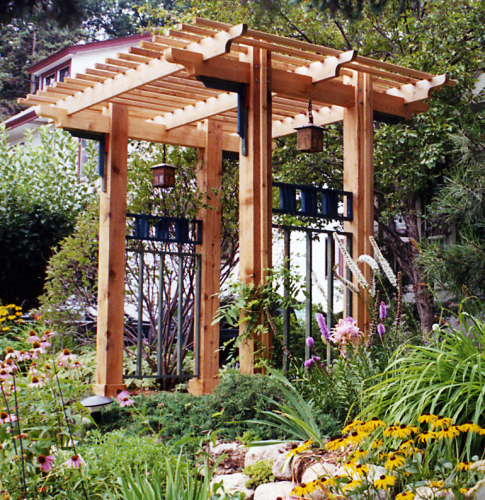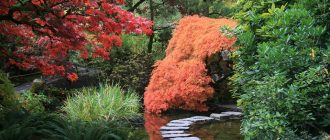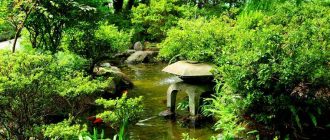Ever thought of putting up an arbor in your garden? Why not try to put up a Japanese arbor for your garden to match the oriental look? Read our guide for more facts and information…
Japanese pergolas or arbors became popular through the centuries not only in Asia, but also in Western countries. An arbor is used right next to pagodas for the Buddhists’ religious ceremonies. It originated from straight pillars with rolled ends, but it has evolved into various designs as Westerners modified its appearance until it slowly lost its spiritual implication. Being a stylish garden ornament, it turned out to be a big hit during the eighteenth and nineteenth centuries.
For centuries, Japanese garden arbors have been in large Japanese gardens. These arbors create a formal entrance look in your garden, with parallel bars situated at the top which offer guests a place of shade for relaxation. Though the roof of an arbor is not made to be strong for heavy rains, pergolas are great in providing a shaded part in your garden by allowing vines to crawl up its pillars to achieve the shady effect you are looking for. It is also used as a support for plants that need a stronger pole to hold onto. The traditional Japanese garden arbors are made of stone. However, these are more expensive and modern designers decided to find an alternative in wood for affordable and more practical solutions. Even if wood arbors are popular substitutes to conventional stone ones, it is best to choose an arbor made from redwood or cedar since these two types of wood are more resistant to decay and insect invasions. Aside from wood, more durable styles vary from metal, plastic and fiber glass.
Assembling Your Arbor
Nowadays, Japanese garden arbors are much easier to install in gardens given that they can now be purchased in kits to be assembled without needing the help of a professional. Some arbors can be customized by a company depending on your preferences, then deliver them to your doorstep, ready to be installed in your backyard. If you are still looking for more affordable Japanese garden arbors, you could find several do-it-yourself tips on the internet to help choose what kind of materials to buy to be used in your arbor.
To achieve the conventional Japanese garden appearance, try to add a Japanese floor mat or Japanese lanterns for a more serene impression together with your arbor. Putting up Shoji sliding doors and screens would also enhance its beauty. Plants such as bamboos, moss, pine trees and azaleas are wonderful ideas to be part of your new Japanese garden and will help to accomplish the overall exterior.





